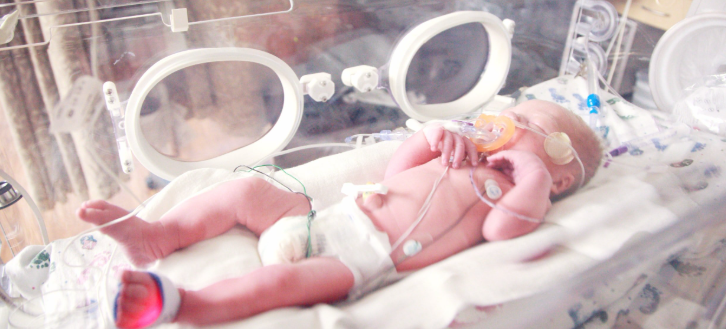Photo Credit: Silver Place
The following is a summary of “Multiscale deep learning radiomics for predicting recurrence-free survival in pancreatic cancer: A multicenter study,” published in the April 2025 issue of Radiotherapy and Oncology by Gu et al.
This multicenter study aimed to develop and validate a multiscale deep-learning radiomics nomogram to predict recurrence-free survival (RFS) in patients with pancreatic ductal adenocarcinoma (PDAC). A total of 469 patients from four hospitals were retrospectively analyzed and divided into training and test cohorts. Radiomics and deep learning features were extracted from optimally defined regions of interest, incorporating both intratumoral and peritumoral areas to capture tumor heterogeneity and surrounding tissue influence. Feature selection was performed using univariate Cox regression, least absolute shrinkage and selection operator regression, and multivariate Cox regression, yielding three predictive image signatures: intratumoral radiomics, peritumoral radiomics, and DL-based features.
A multiscale nomogram integrating these signatures was constructed and validated against the 8th edition American Joint Committee on Cancer (AJCC) staging system. The results demonstrated that a 4 mm peritumoral volume of interest (VOI) provided the most predictive radiomics features, while a 15 mm expansion yielded optimal DL-based predictions. The multiscale nomogram exhibited superior prognostic performance, achieving a concordance index (C-index) of 0.82 (95% CI: 0.78–0.85) in the training cohort. External validation in a high-volume hospital dataset resulted in a C-index of 0.70 (95% CI: 0.64–0.76), while a low-volume hospital dataset yielded a C-index of 0.78 (95% CI: 0.65–0.91), consistently outperforming the AJCC staging system (C-index: 0.54–0.57). The area under the curve (AUC) for recurrence prediction at 0.5, 1, and 2 years was 0.89, 0.94, and 0.89, respectively, in the training cohort, with external validation AUCs ranging from 0.75 to 0.97, significantly surpassing the AJCC system across all datasets.
Kaplan-Meier survival analysis confirmed significant differences in prognosis between high- and low-risk groups (P < 0.01 in all cohorts), further validating the clinical utility of the proposed nomogram. These findings highlight the potential of multiscale deep learning radiomics in refining recurrence risk stratification, thereby enabling more precise presurgical clinical decision-making and improving patient outcomes in PDAC management.
Source: thegreenjournal.com/article/S0167-8140(25)00065-9/abstract














Create Post
Twitter/X Preview
Logout